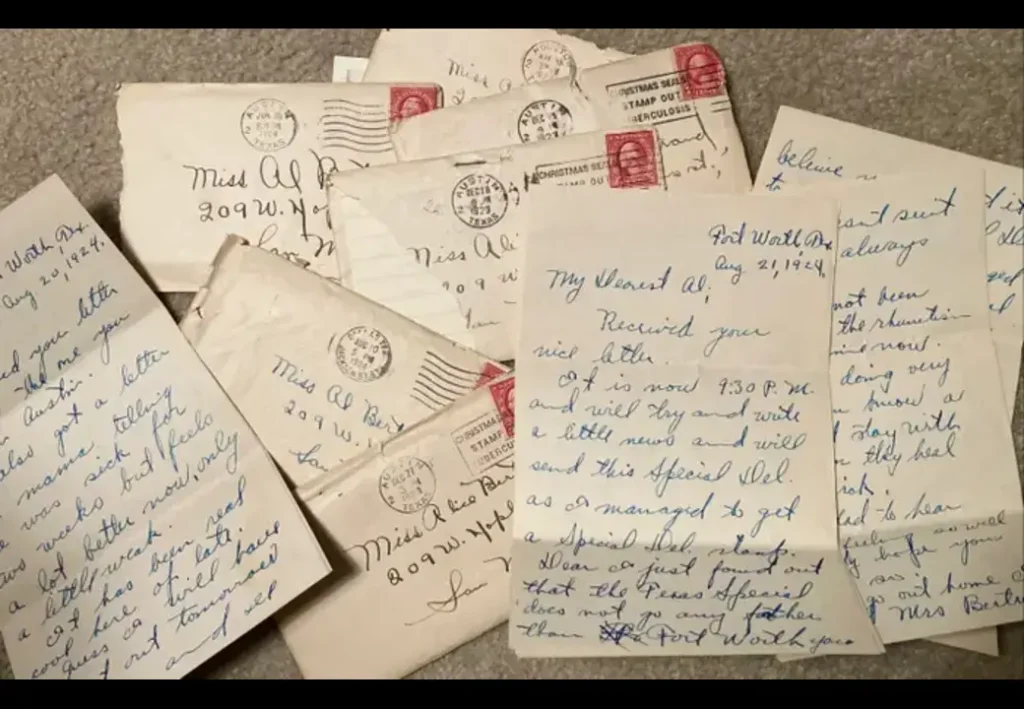Writing letters to historical figures is more than just a creative exercise, it’s a way to honor their legacy and explore their relevance. Whether you choose to thank them for their contributions, seek answers to unanswered questions, or simply express your admiration, these letters can let all those thoughts out and open the doors to some further research if you’re interested. But to make the most of these letters, follow our guide to get the best advice for these letters.
1, Choose the Best Historical Figure
Before you start writing, you need to have a figure in mind. Your letters to historical figures can’t just be anyone, to make the most of this it needs to be a historical figure who resonates with you in a personal way. Think of someone who evokes strong emotions from you whether good or bad.
It could be an activist whose actions you admire and want to learn more about, an inventor who created something life-changing, or a general who won astounding victories. However, it can also be a villain who terrorizes people and you want to understand their motivation. By finding someone like that, you can get immersed in your letter.
2, Understand Why You Want to Write About Them
Once you have the figure, you need to ask yourself what’s your motivation. What feelings do you have about this figure whether it’s gratitude, inspiration, wisdom, or condemnation? Figure out which is it so you can focus your letter around this message in your letters to historical figures.
For instance, if you’re writing to Martin Luther King Jr., you might want to thank him for his contributions to civil rights and discuss how his legacy continues to shape modern society. Or, if you’re addressing Marie Curie, you might explore her groundbreaking discoveries and how they’ve inspired your pursuit of knowledge.
3, List Your Questions in Your Letters to Historical Figures

One thing you will almost certainly have to do for letters to historical figures is ask questions. Think of this like an interview with them where you have a chance to get in their head and learn about them on a personal level. But these can be difficult to do on the fly so you should take the time and prepare them beforehand. With this list of questions, you can build a coherent narrative and fully understand the topic you want to talk about.
4, Don’t Be Afraid to Personalize
When creating letters to historical figures, you have an opportunity to personalize your letter based on who you are writing about. You can use the language used by these people at the time or base your writing style on who they are. For example, if you are writing about a poet or artist, you can adopt flowery language and if you are talking to a scientist, you can use scientific terms. This makes the letter feel more unique and appears like a work of art instead of just another letter.
5, Do Further Research
To make your letter more authentic, research is important to write about historical figures. For the most authentic results be sure to consult primary sources. Here you have a chance to answer your questions and get a better idea of who these people are. A deeper understanding of these people can make the letters to historical figures more authentic. This doesn’t even need to end after you finish the letter as you can continue learning about these figures and use the letter you just wrote as a guide for what you want to learn.
While not as far back, another thing people do to consult the past is creating letters to their younger selves which you can learn about here.
If you want to create vintage letters with your own or other people’s famous lines, our Vintage Letter service allows you to make and send them here.
